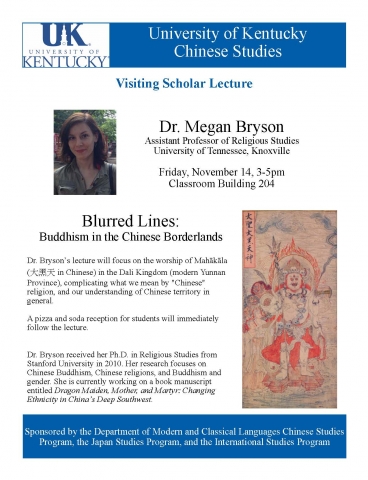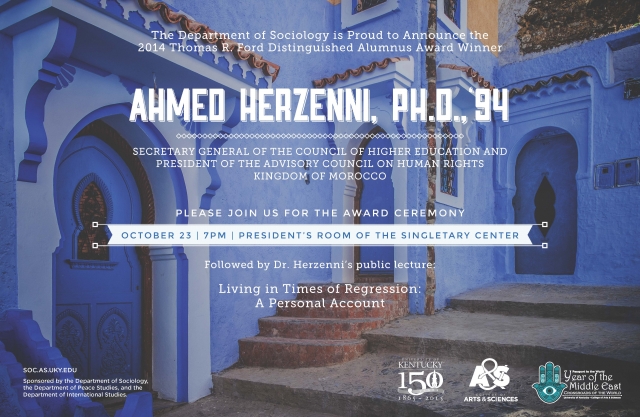Linguistics Seminar: "Embodiment and Competition: Two Factors in the Organization of Languages"
For decades, many linguists have framed the study of language in terms of a language faculty, a specialized cognitive ‘organ’ unique to humans. In the last decade, even the most stalwart proponents of this view have come to acknowledge the existence of other factors in the organization of human languages. In this talk, I will concentrate on two of these factors, embodiment and competition, drawing examples from the morphology of spoken and signed languages. Neither is unique to language, nor especially human or cognitive in nature. Their role in the structuring of languages points to a new research paradigm in the study of language, in which no single factor is privileged and the importance of any one of them is gauged only by the insights it provided, not by its uniqueness to language.


